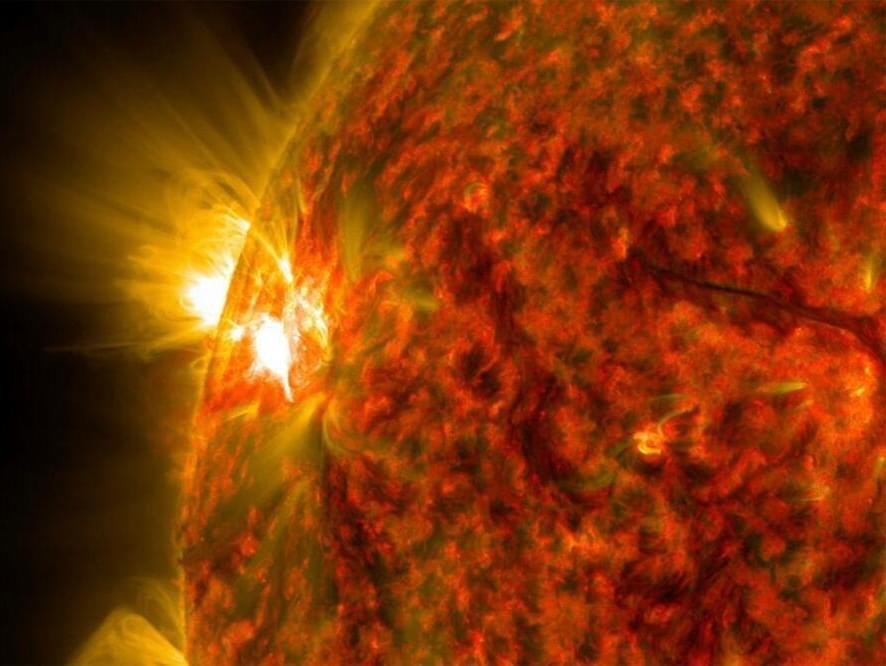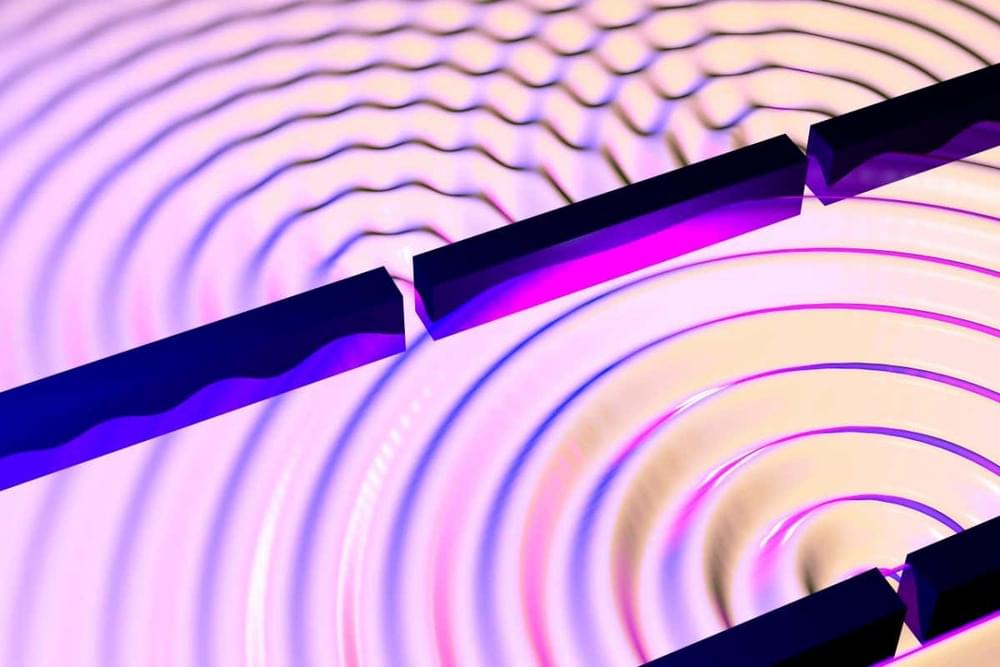The sterile neutrino, if it truly exists, only answers to gravity.
Physicists are spelunking the complex findings from an experimental particle reactor found a mile below the surface in the mountains of Russia. What they found has the potential to send an earthquake through the bedrock of the standard model of physics itself: the results could confirm a new elementary particle, called a “sterile neutrino,” or demonstrate a need to revise a portion of the standard model.
The research comes from New Mexico’s Los Alamos National Laboratory in collaboration with the Baksan Neutrino Observatory near the Georgia border in far southwestern Russia. The scientists outlined their findings in two new papers published last month in the journals Physical Review Letters and Physical Review C.
To understand the team’s findings, we need to talk about neutrinos, the most common and least massive of the massive particles (the particles that have any mass at all). They were first theorized decades ago and only interact through gravity and the “weak force” of the standard model of physics, which means that, like dark matter, neutrinos can just pass through us and our planet and space however they want; they interact with almost nothing. Over the decades, scientists have developed ways to measure neutrinos by tracing their effect on what’s around them.







